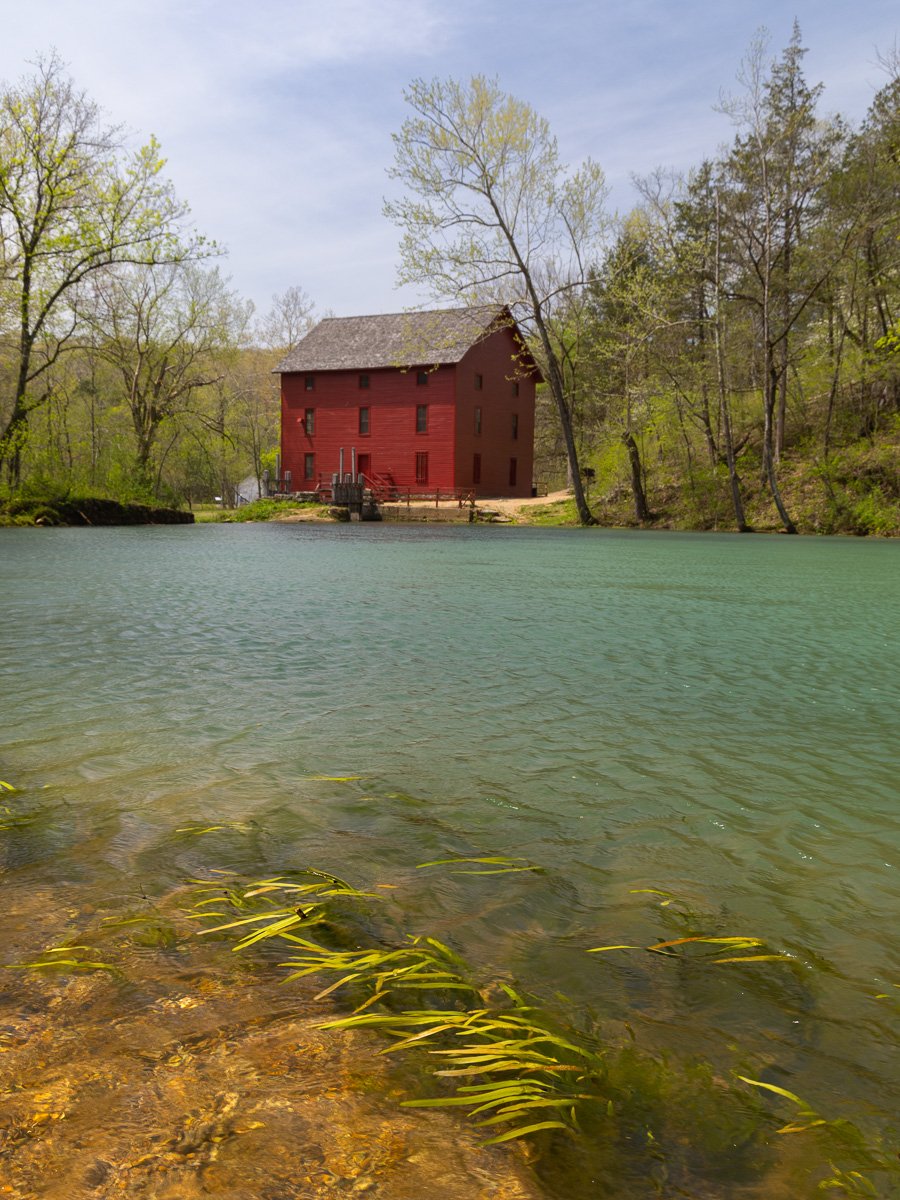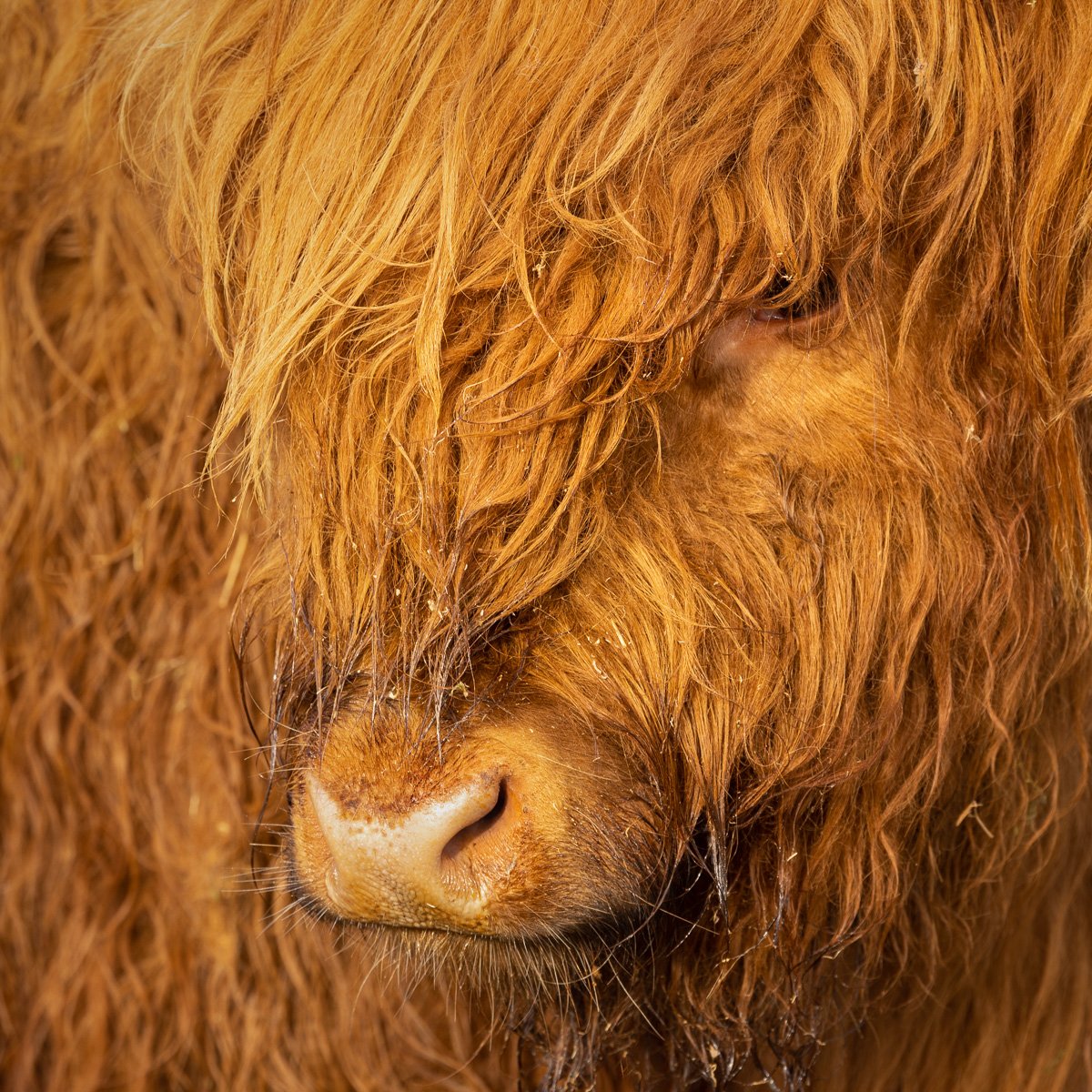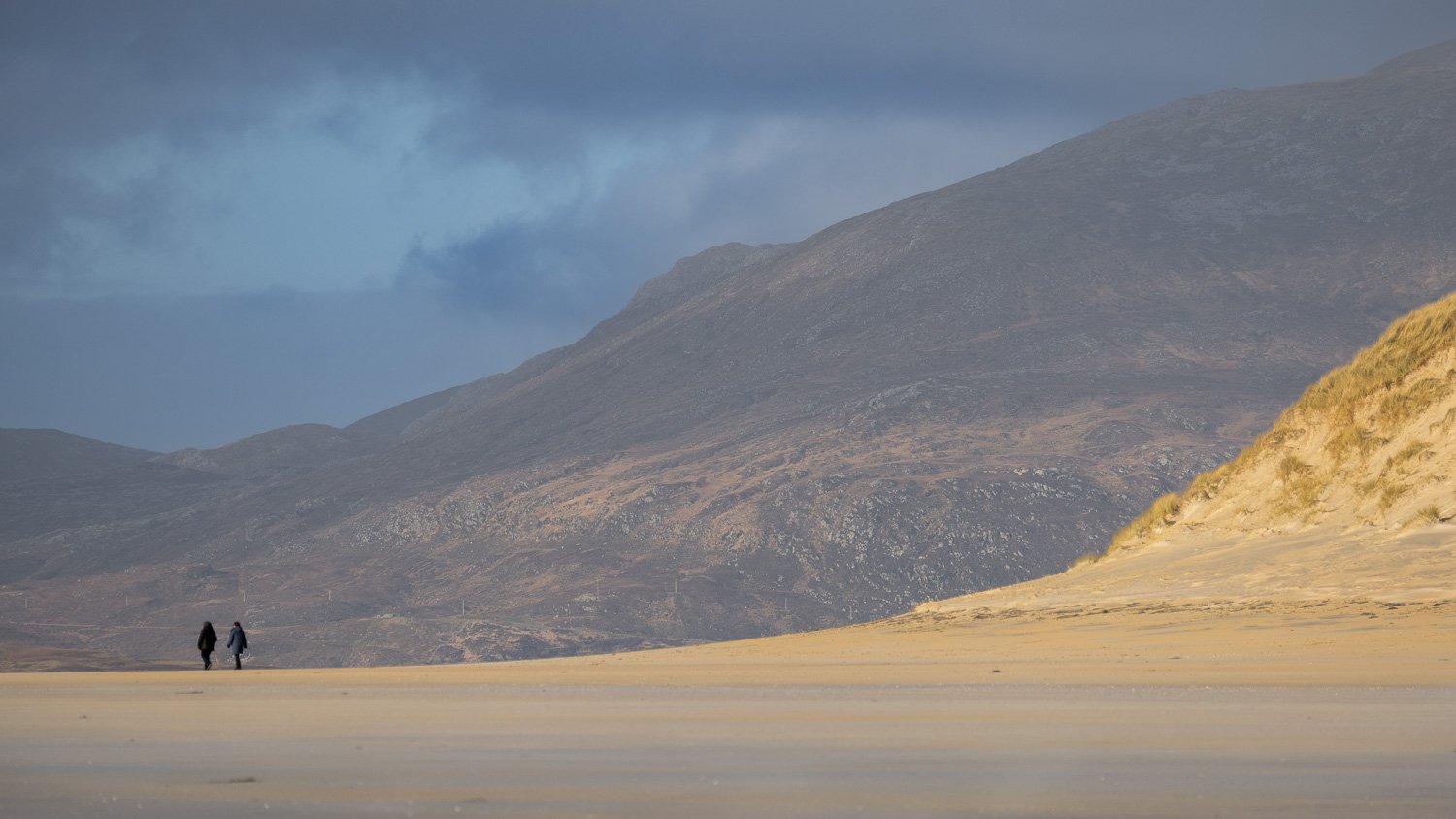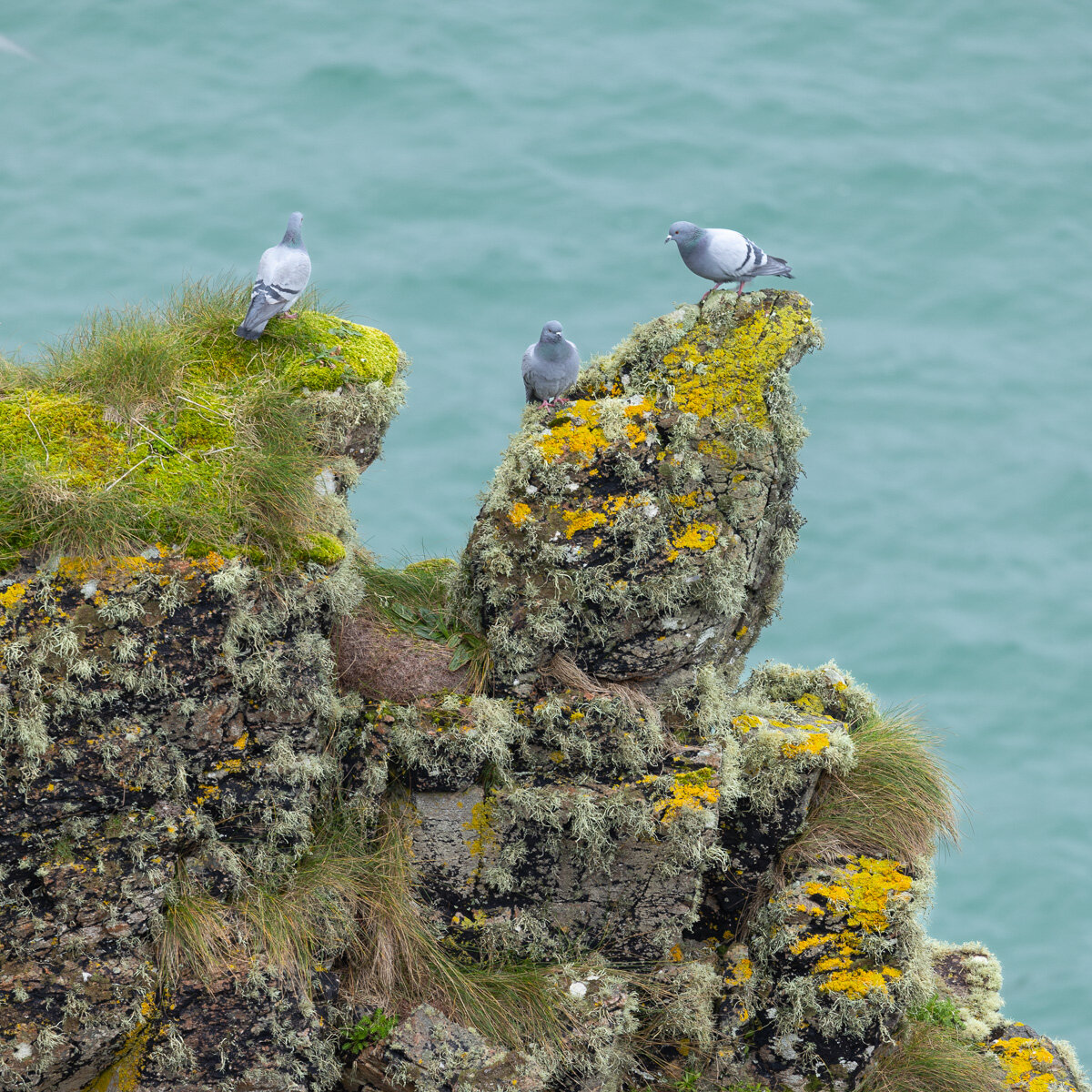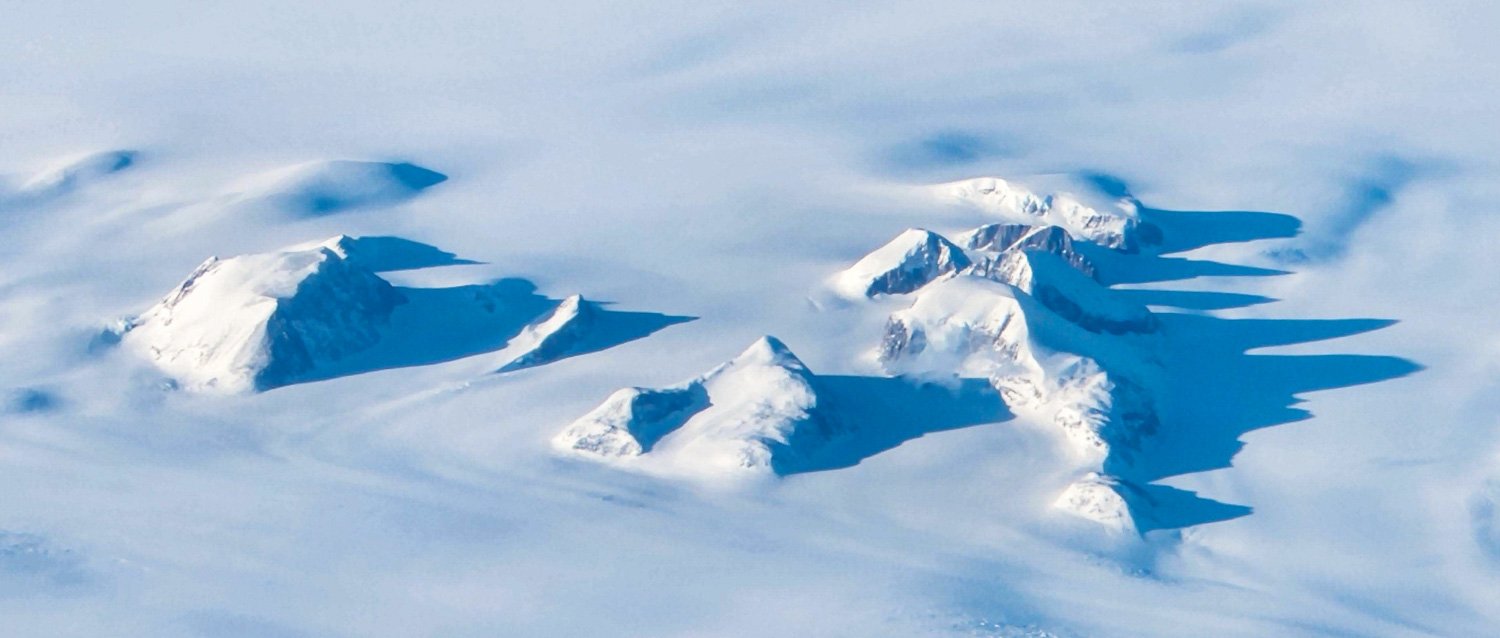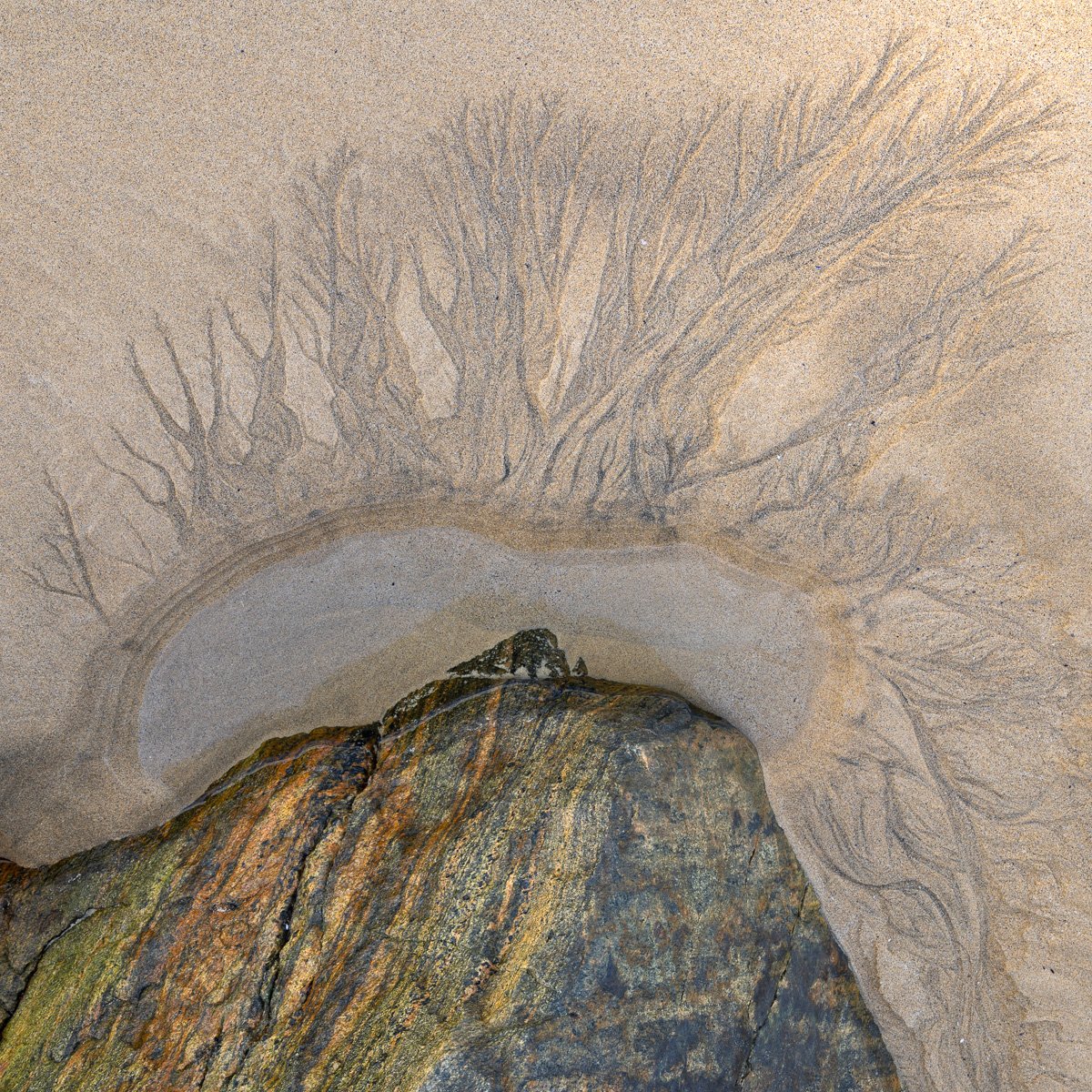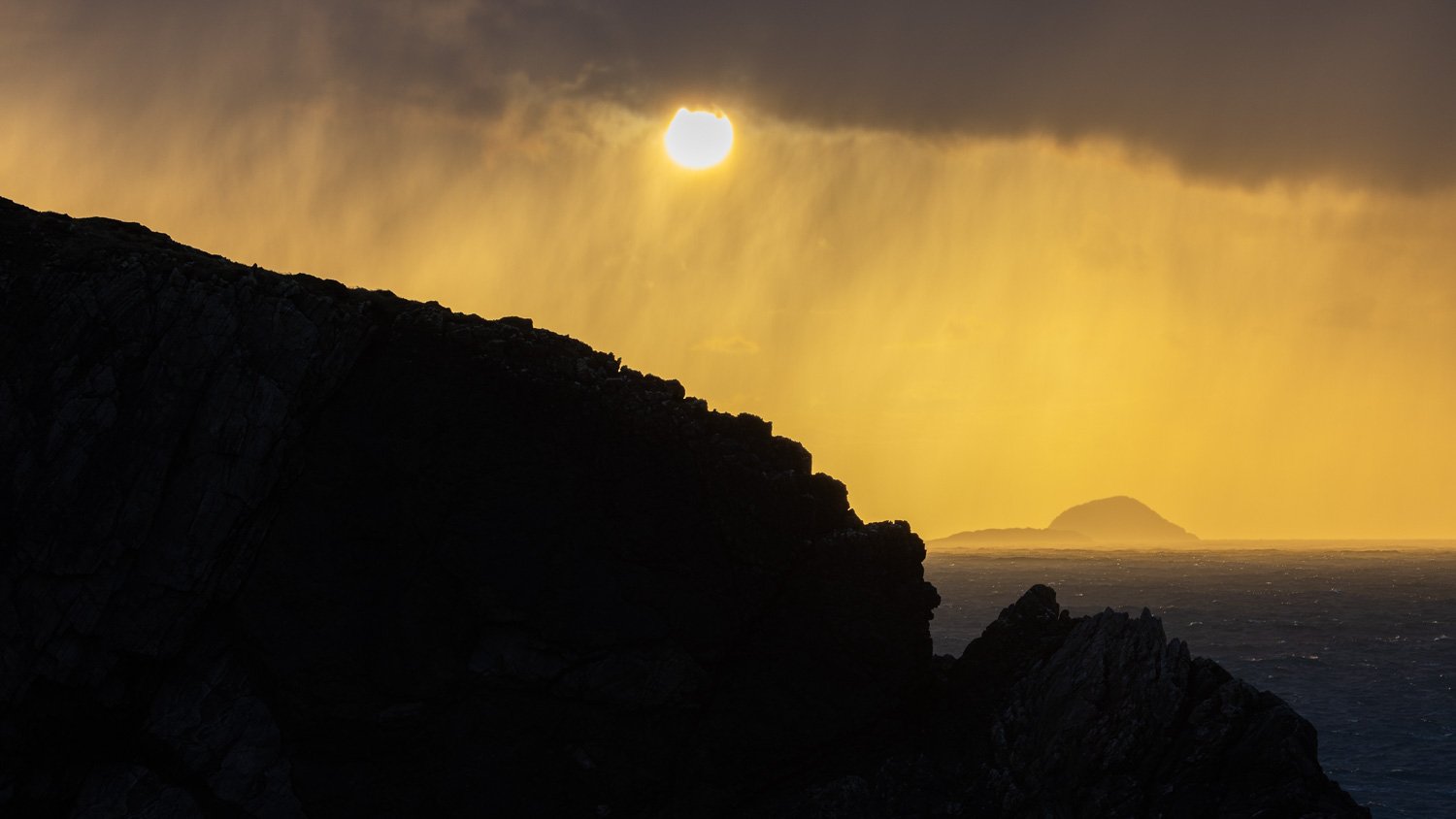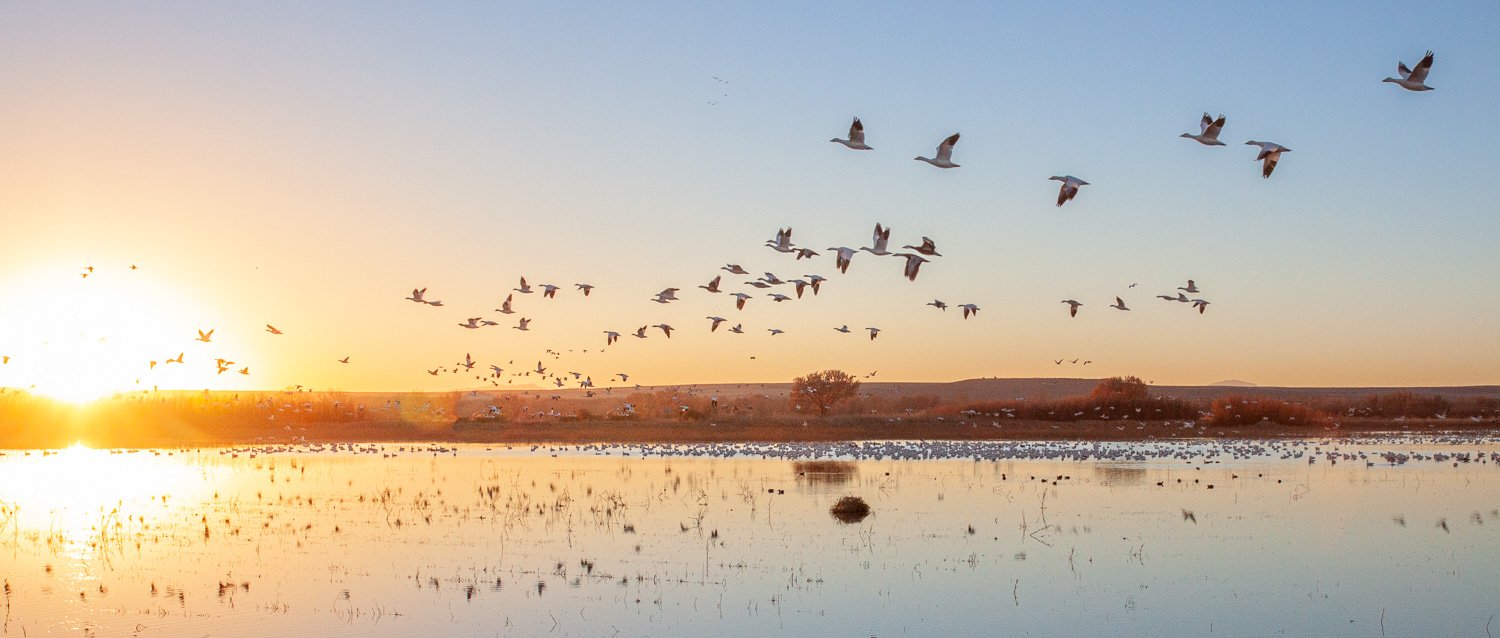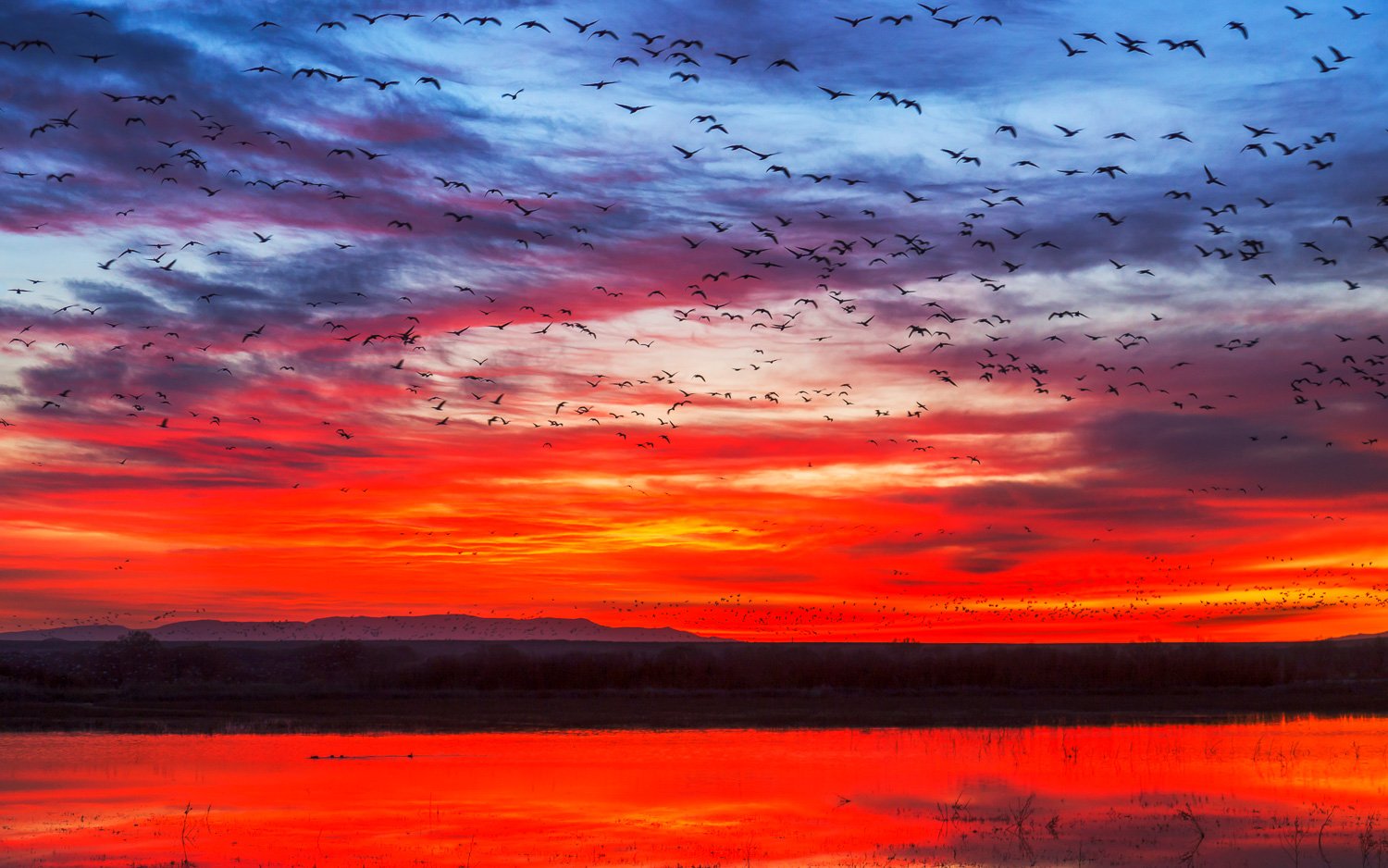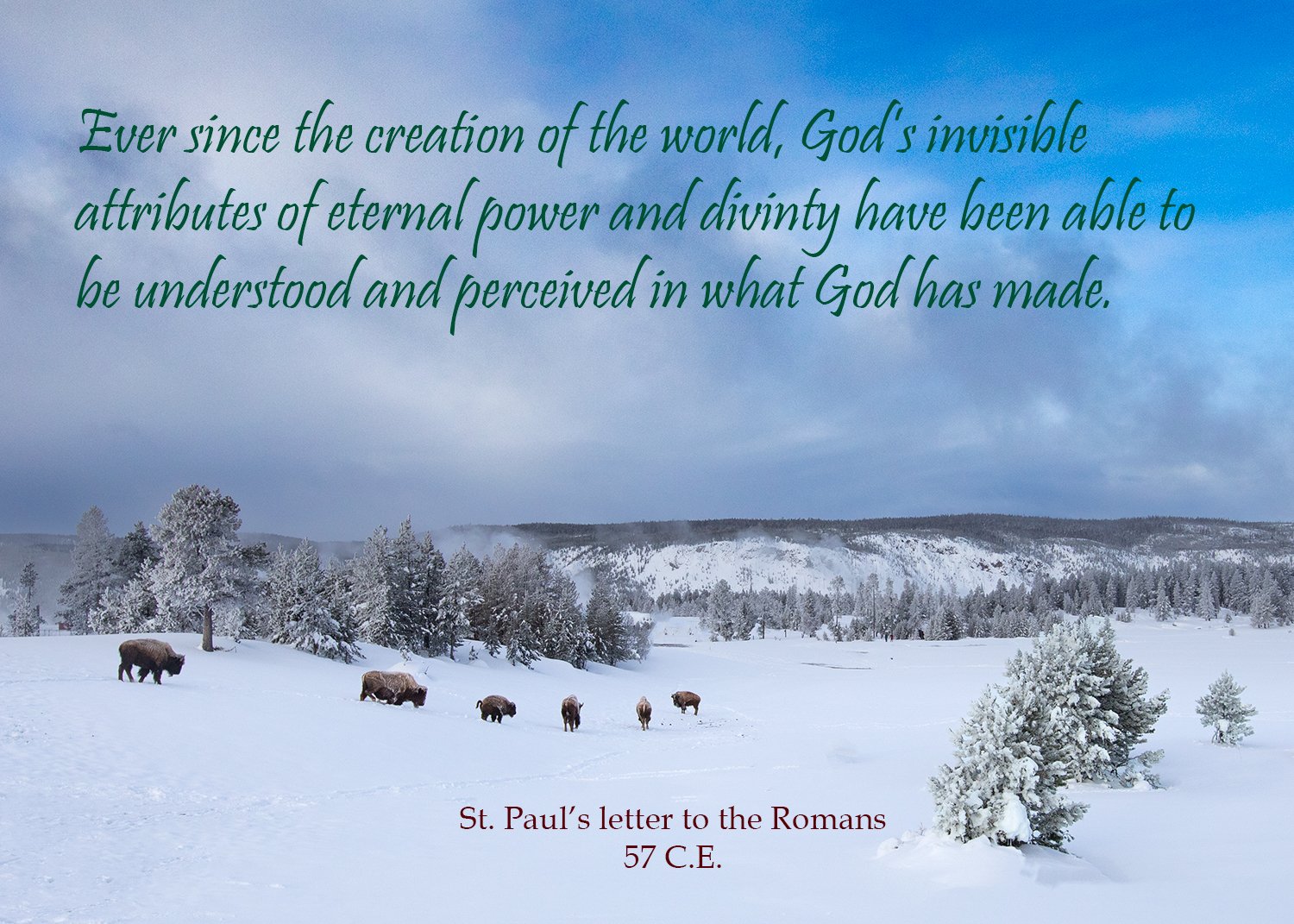If you’re fortunate on a visit to Seattle to have clear skies, even though it is nearly 100 miles away, Mt. Rainer appears to loom over the city. We followed that beacon to stay at the National Park Inn for an even better view of the volcano.
National Park Inn, Longmire, Washington
We stayed here 29 years earlier, and like the others sitting out on that front porch, got a view of the mountain that remains etched in your mind.
Mount Rainier National Park
A bit further up the road, you can pull over for a view of some of that melting snow and glacier tumbling down what is called Christine Falls. And if you’re lucky, catch a rainbow.
Christine Falls, Mt. Rainier National Park
In May, the road is only plowed up to the Paradise Visitor Center. If you have crampons and ropes, you can climb to the summit from there. However, we were content to rent snowshoes and simply enjoy the quiet and the views.
Between me and the noise of strife
Are walls of mountains set with pine;
The dusty, care-strewn paths of life
Lead not to this retreat of mine.
Alexander Posey, My Hermitage
I listen to a podcast called Poetry Unbound. Host Padraig O’Tuama usually recites and explores a contemporary poem. But this week, he shared The Dew and the Bird from Creek Nation poet Alexander Posey (1873-1908).
Before going to sleep at the National Park Inn, I set up the tripod near the front porch and enjoyed the stars. While looking skyward, I heard some noise, and looking down about 20 feet in front of me a pair of deer were chewing on the newly emerged grass and newly emerged frogs sang in the creek nearby.
I hear the river flowing by
Along its sandy bars;
Behold, far in the midnight sky,
An infinite of stars!
‘Tis sweet, when all is still,
When darkness gathers round,
Alexander Posey, My Hermitage
Mt. Rainier night sky
While enjoying breakfast the next morning on the Inn’s porch, a Steller’s Jay checked whether we enjoyed the view and would leave some food behind.
There is more sweetness in a single strain
That falleth from a wild bird’s throat,
At random in the lonely forest’s depths,
Than there’s in all the songs that bards e’er wrote.
Alexander Posey, The Dew and The Bird
Steller’s Jay

























